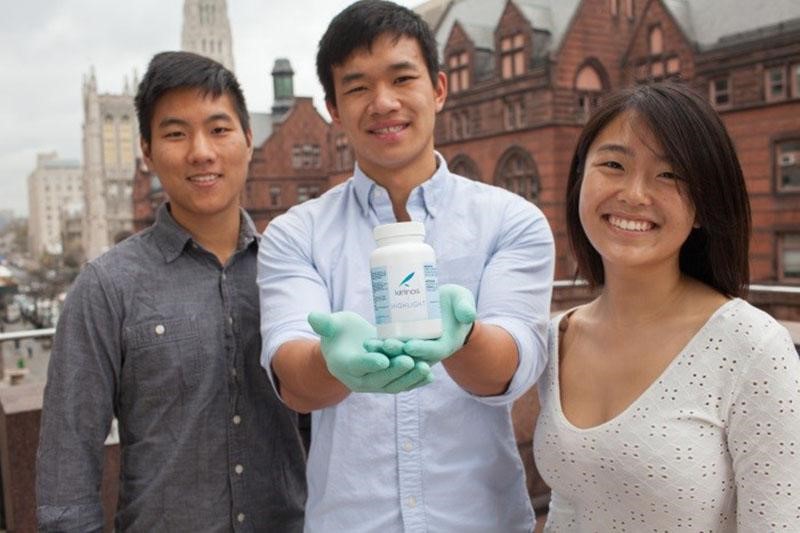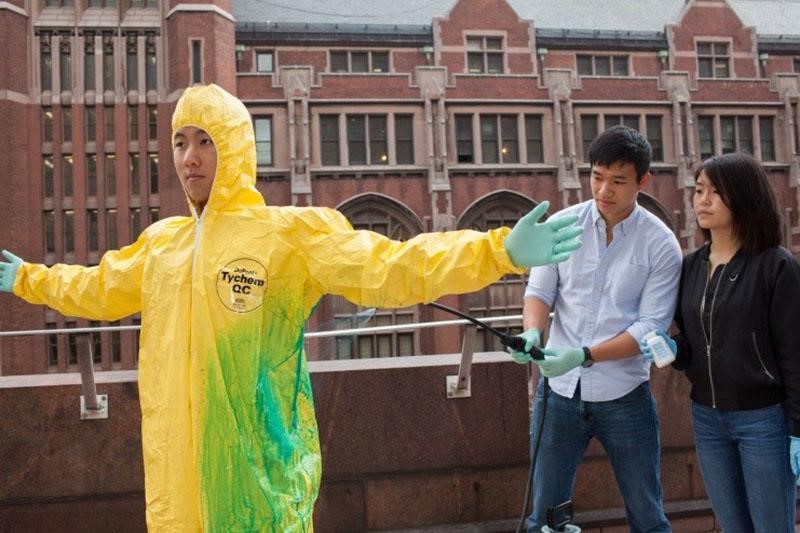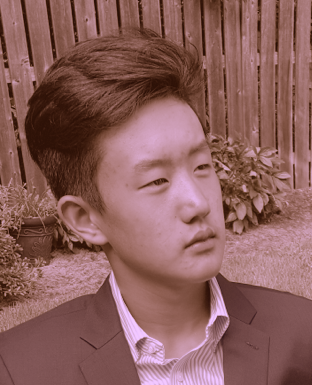
By Guest Contributor: Andrew Cha
In 2014, the West African countries of Liberia, Guinea and Sierra Leone suffered the worst outbreak of the deadly Ebola virus since the disease’s discovery in 1976. Due to local poverty and the lack of public health infrastructure, the pandemic spread quickly, with one thousand new cases every week, twenty-eight thousand cases in total, and over eleven thousand deaths.
The Ebola epidemic triggered a worldwide response. The United States committed to the largest sum for assistance and relief efforts of any country with its appropriation of 5.4 billion dollars to fight the outbreak. The US Agency for International Development (USAID), the Center for Diseases Control (CDC), and the Department of Defense were all mobilized to set up a response infrastructure on the ground to contain the outbreak. At the international level, the United Nations and the World Health Organization coordinated a global response to the Ebola outbreak, designating it the “number one global crisis for the United Nations.” The World Bank also pledged a two hundred thirty million dollar aid package for affected countries in West Africa.
The sheer scale of the US and UN response to the Ebola crisis was critical to getting the pandemic under control, but some of the most innovative and beneficial proposals to combat the epidemic arose from the minds of some innovative Asian-American millennials. The United States Agency for International Development sponsored a “Fighting Ebola Grand Challenge,” in 2014 in which citizens from across the nation could propose new ideas to battle Ebola. Three Columbia University students, Jason Kang, Kevin Tyan, and Katherine Jin, were selected from over fifteen hundred applicants, for their invention called “Highlight.”
The idea behind “Highlight” is elegantly simple. Many healthcare workers in West Africa treating Ebola patients were becoming infected at alarmingly high rates. This was because their protective HAZMAT suits were not being properly decontaminated by the standard bleach solution. Bleach is a clear liquid, which does not contrast with the surface of the white suits; moreover, the chemical composition of the bleach fluid is not conducive to adhering to waterproof medical personal protective equipment (PPE). The result is a less-than-ideal situation: the clear and transparent bleach disinfectant liquid runs off the PPE like a rain off an umbrella. Healthcare workers, as a result, do not know if their suits are fully decontaminated with bleach or whether residual germs are still present on the surface of the suits.
A May 2015 World Health Organization study found that healthcare workers in Guinea, Sierra Leone, and Liberia were 21- to 32-times more at risk to contract Ebola than the general population. Moreover, as the number of Ebola cases increased – as occurred in 2014-2015 Guinea for example — the number of infected healthcare workers proportionately grew. The nursing population alone accounted for over 50 percent of the cases and by January 2015 almost 500 reported cases were fatal (of 838).
The primary cause of infection among the medical population was believed to be inadvertent exposure through improper implementation of infection prevention and control (IPC) protocols. The recovery of Dr. Craig Spencer – the high-profile case of a physician from Columbia Presbyterian Medical Center in New York City who went to Guinea with Doctors Without Borders and was found upon his return to the US to have contracted Ebola while caring for patients – provided both inspiration and urgency to the task of proper IPC and decontamination. In addition, the first case of direct Ebola transmission occurring on American soil resulted in the infection of Texas Presbyterian Hospital nurse Nina Pham. Pham contracted the disease while caring for an infected patient in March 2014 despite following the hospital’s standardized safety protocols. (After her recovery, Pham settled a lawsuit with the hospital.)
To combat this problem, Jason, Katherine, and Kevin invented “Highlight” as a powder additive mixed into the bleach that temporarily colors the sprayed areas of the PPE gear a light blue shade. The powder also enhances the decontaminants’ adhesion to the suit by modifying the properties of the bleach from droplets to a thin, sticky film. This has two positive attributes: First, the blue color allows for clear confirmation that healthcare workers’ PPEs have been fully decontaminated; Second, because “Highlight” creates a film-like texture to the bleach, it slows down evaporation to ten minutes, which is the World Health Organization standard for decontamination. “Highlight” would help healthcare workers properly decontaminate their suits, reducing the risk of infection.

It is astounding that such a cost-effective, and simple solution to one aspect of the Ebola plague had never been considered before. In response to the student’s innovative creation, USAID funded their continued research. The three students, now graduates of Columbia, started their own company “Kinnos.” The New York Fire Department adopted “Highlight” in some of their decontamination protocols. David Prezant, chief medical officer for the FDNY, explained the need: “As New York City, we are one of the entry points for world travelers, especially world travelers from West Africa.” “Highlight” not only decreases the risks of inadvertent contamination for EMS workers, it gives them peace of mind when they see their HAZMAT suits coated in blue from decontamination. Since then, hospitals are also considering it to reduce the rate of inadvertent infection.
With regard to West Africa, the three determined students traveled to the region to run trial tests of the product the month after their graduation. The field tests with International Medical Corps in Guinea appeared to have been successful. One hygienist with IMC in Guinea stated, “[You can] immediately and very clearly see the surfaces that have been decontaminated.” The goal is to have “Highlight” in use in West Africa in 2017, according to Jason Kang in an email interview.
When asked about what motivated him to come up with “Highlight”, Kevin Tyan said that the idea started with the information session for the Ebola Design Challenge in October 2014. He thought that he and his friends, Katherine and Jason, had the right skills for the task. “It seemed natural for us to team up and try to tackle the challenges of the Ebola epidemic,” Kevin wrote for the Columbia University website.
The trio endured many sleepless nights and long weekends in the lab working on their product rather than in the library studying for midterms or writing papers. But the motivation to help the world kept them going. When asked what advice they had for others who want to follow in their footsteps, Jason said in an email interview, “My biggest piece of advice, especially for students, is not to sell yourself short – there are going to be a million things you have no idea how to do when you first start your endeavor, but I don’t think there’s anything that you can’t learn if you care enough about what you’re doing.”
It’s hard not to see these students as role models for other millennials. Moreover, one does not have to be a techie genius to make a difference. As the three students recalled from their trip to the Global Entrepreneurship Summit at Stanford in June 2016, many of the start-ups being featured at the Summit did not necessarily emphasize cutting-edge technology. Rather, they focused on innovative ways to have social impact, whether this was teaching financial stability to the homeless or improving rice cultivation in Southeast Asia. In a time of turmoil and cynicism with regard to the politics of Washington DC and the bottom-line profits of big corporations, the youthful exuberance, idealism, and ability of Jason, Kevin, and Katherine provide millennials with a positive and proactive way to stay globally engaged and resist the nativist turn of some political leaders around the world.

Andrew Elliott Cha is founder of Serv4All.org, a not-for-profit social impact NGO based in Maryland and Hawaii. He is a published author, with his latest piece on Southeast Asian labor trafficking published in the Harvard Human Rights Policy Journal.
Learn more about Reappropriate’s guest contributor program and submit your own writing here

